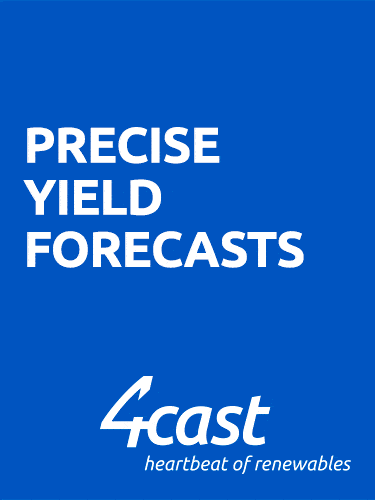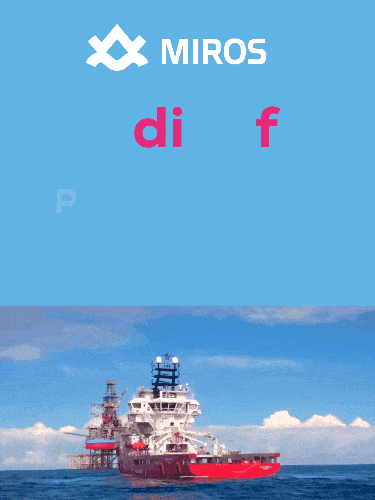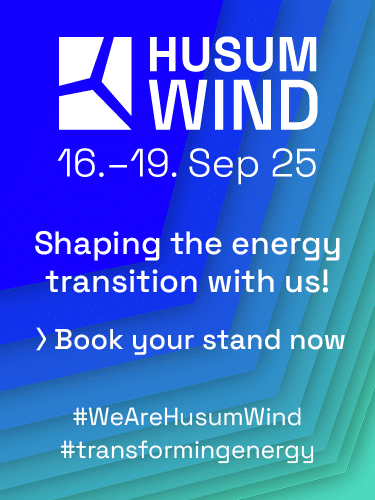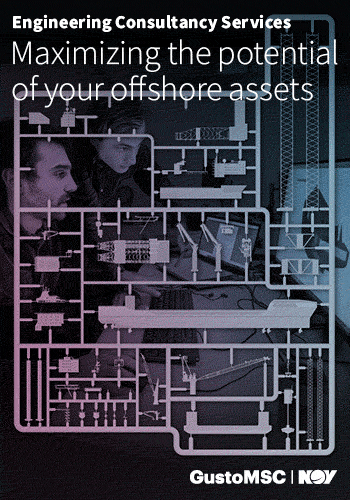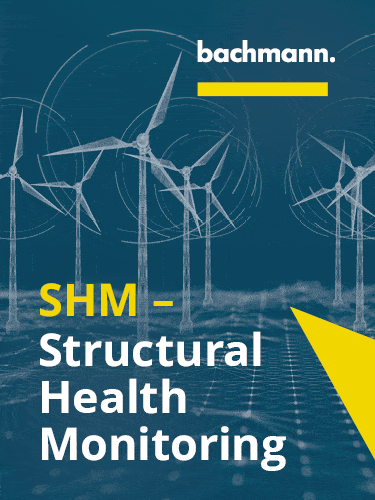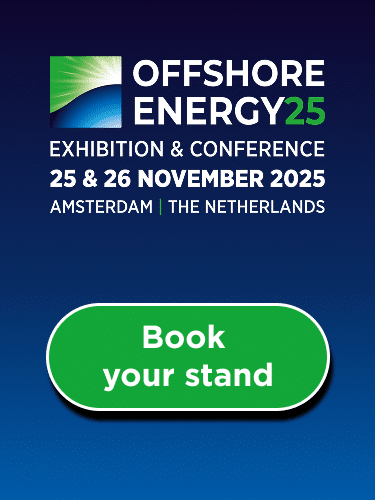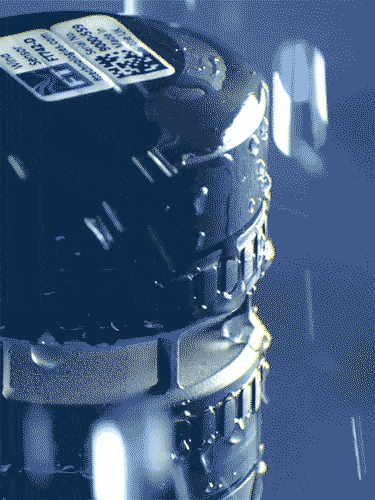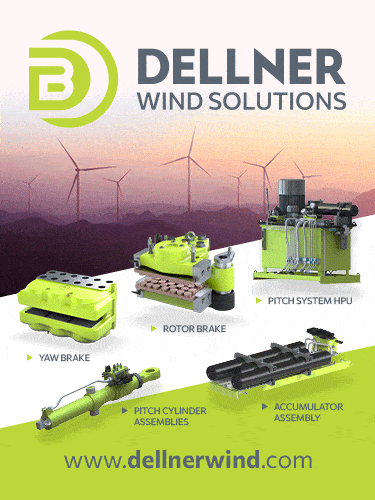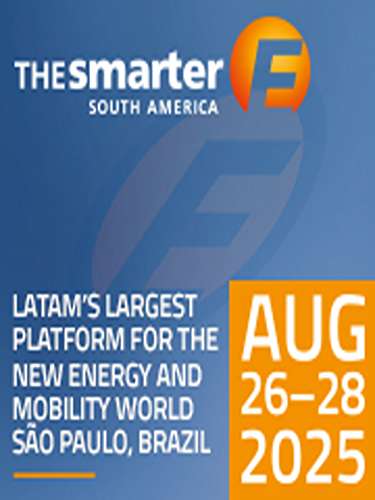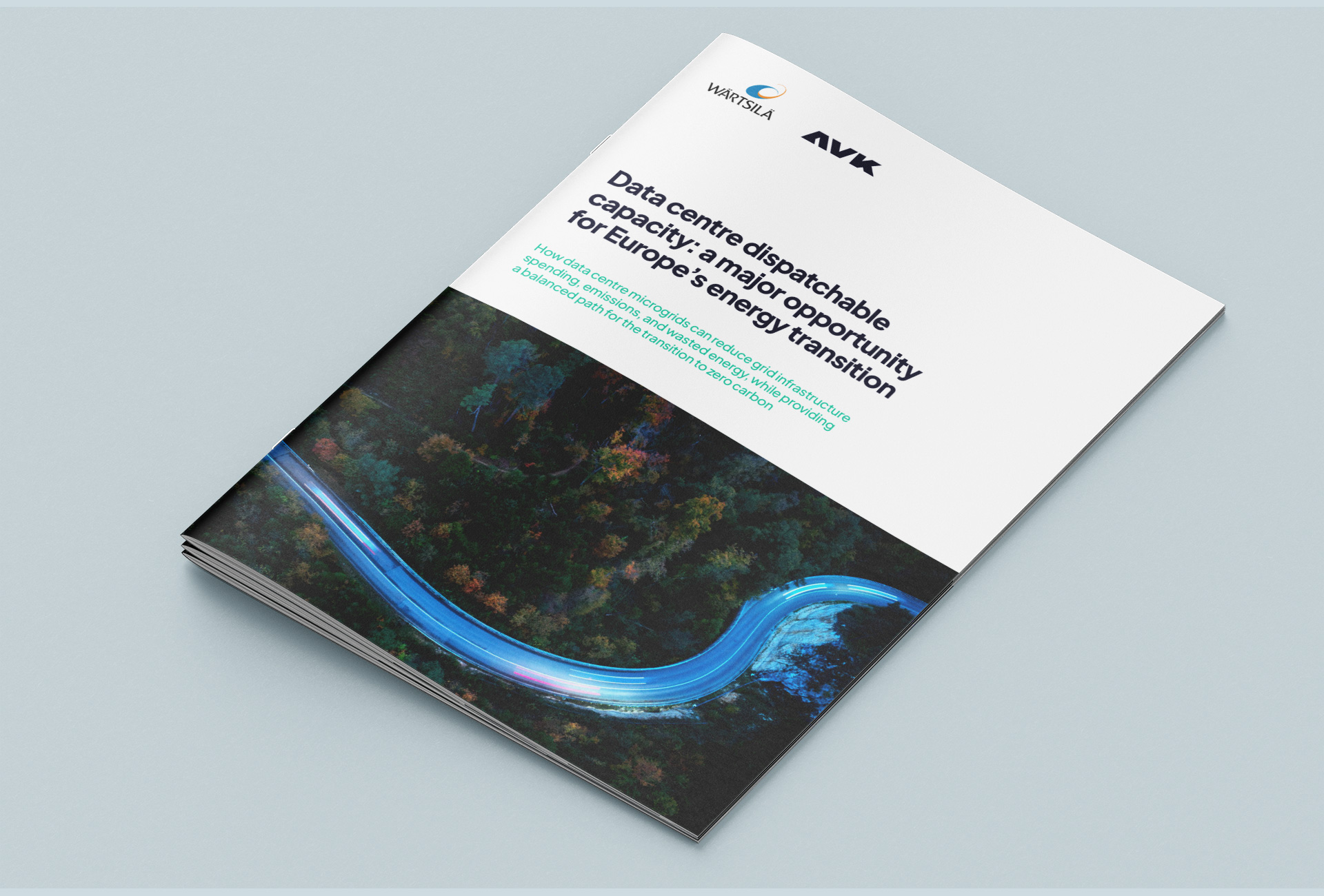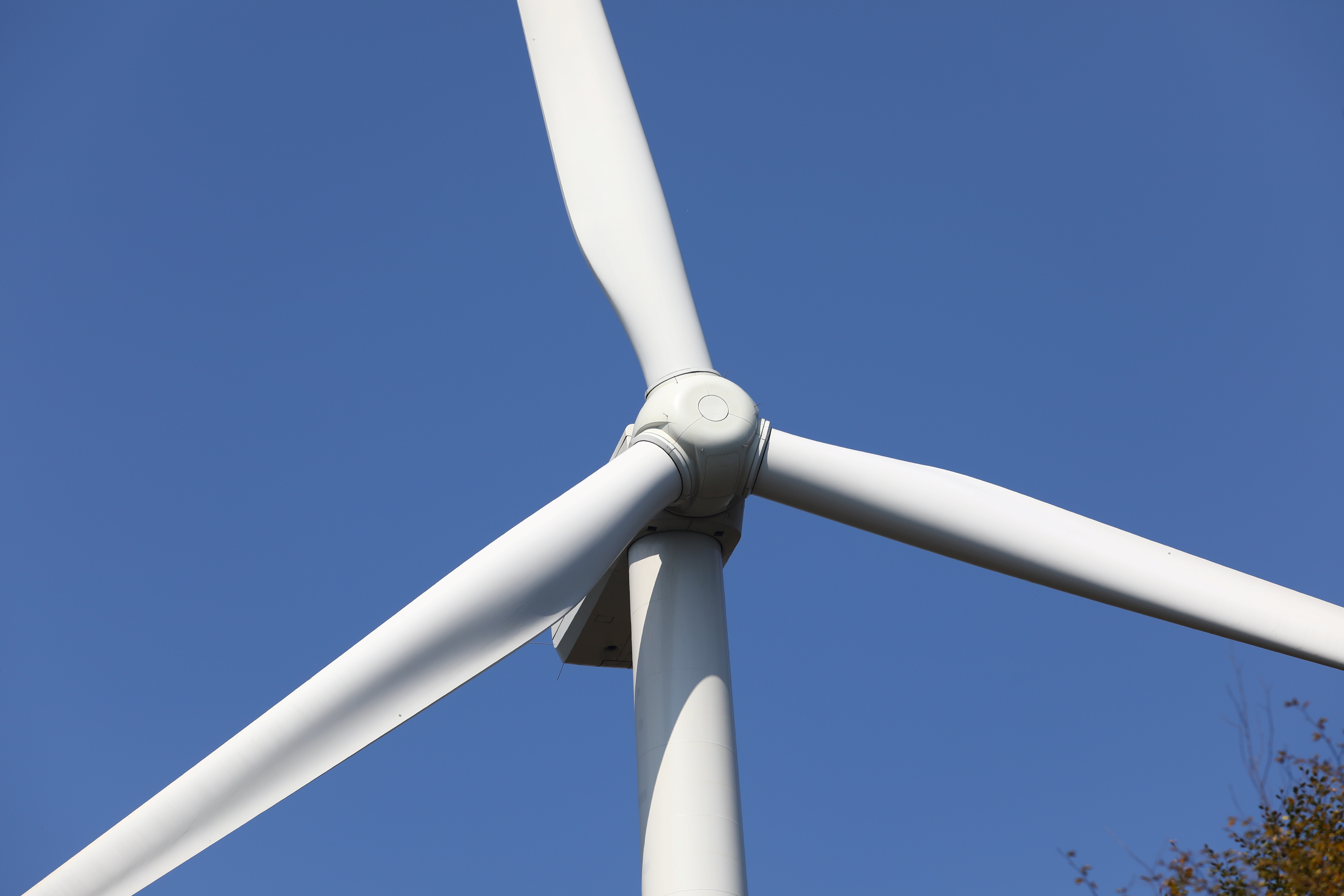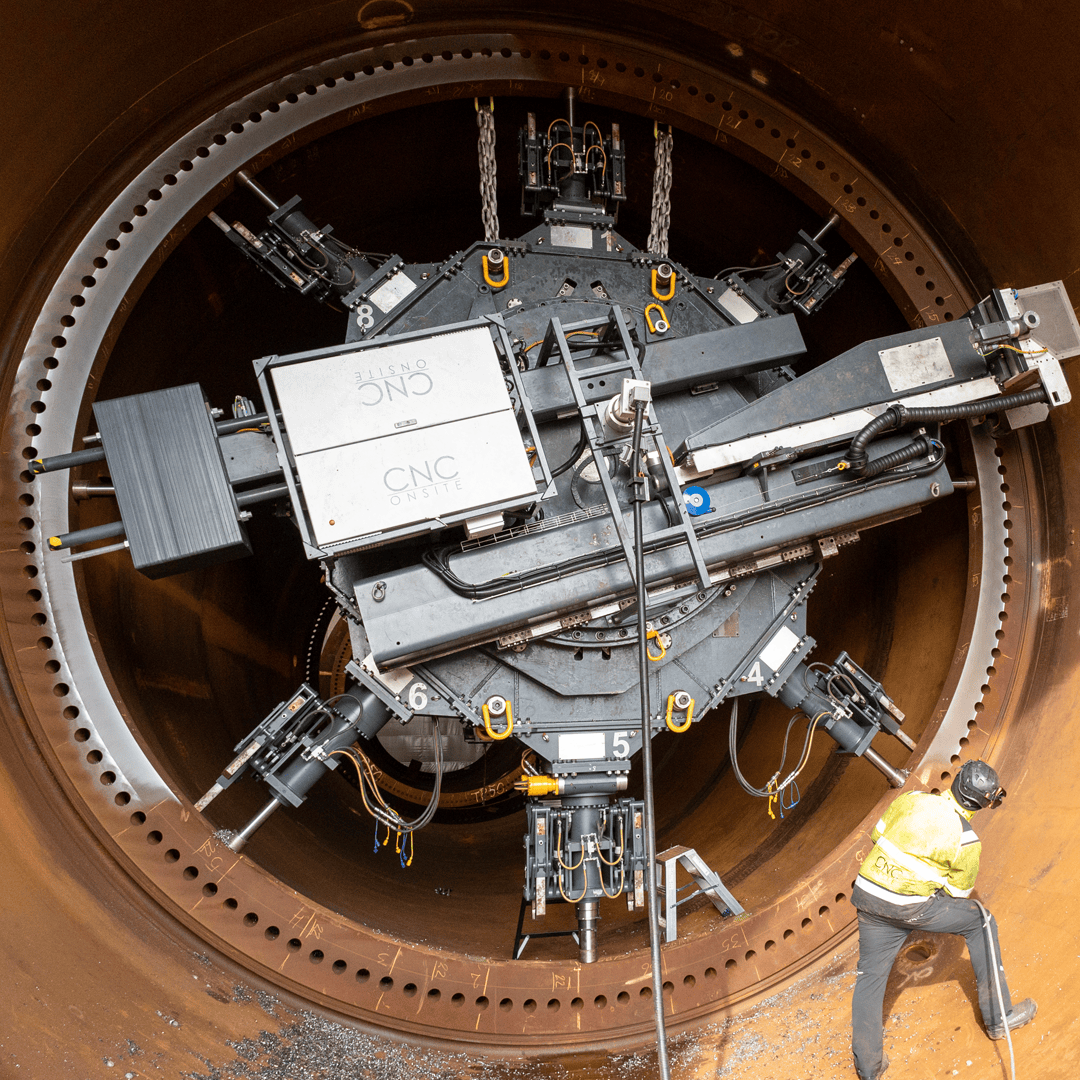News
REFRESH wind turbine blade recycling processes show promising environmental benefits
Published in: Press Releases
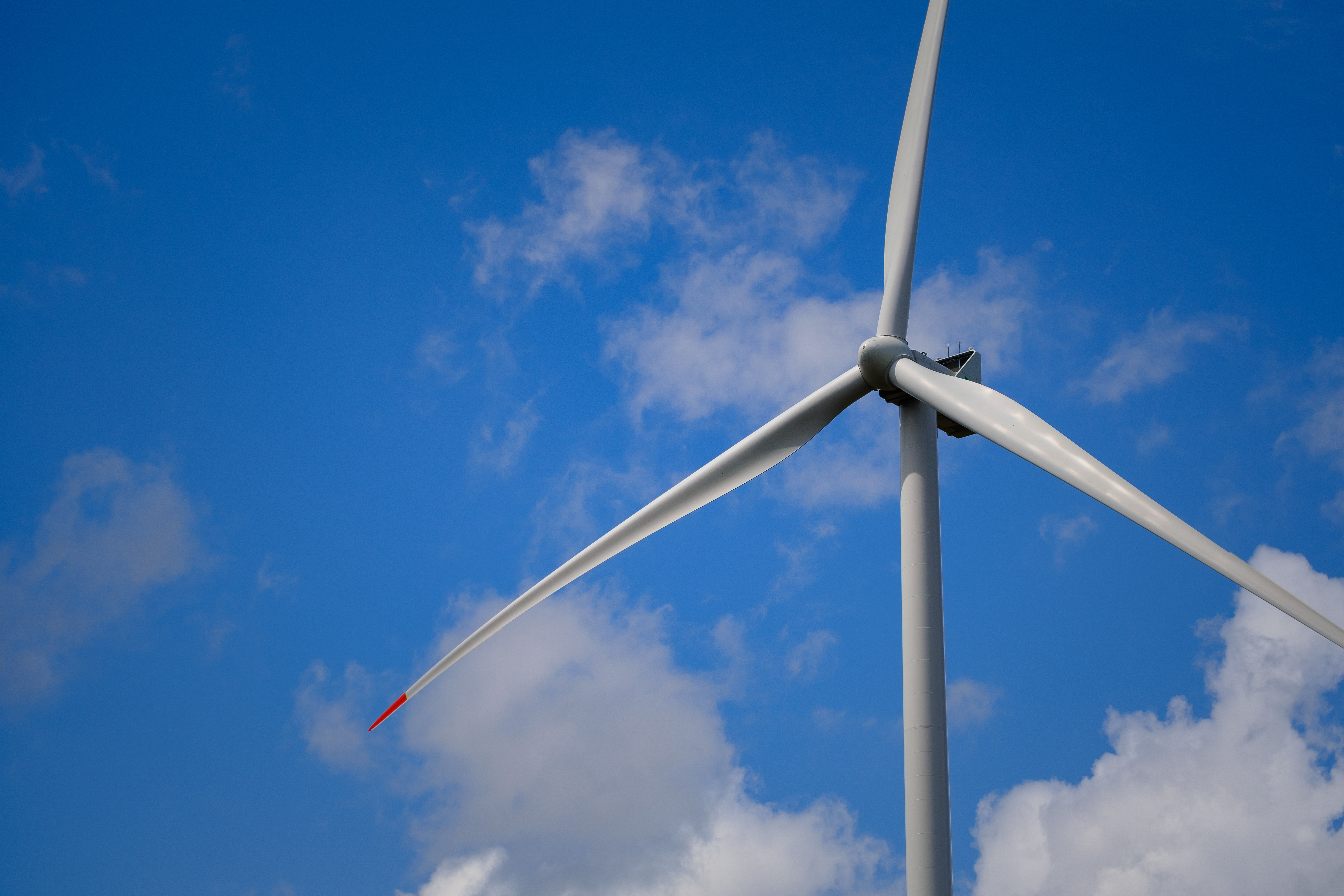
In a groundbreaking study, the EU-funded REFRESH project has published promising results from its initial life cycle assessment (LCA) of the project’s processes for recycling glass fibre and carbon fibre reinforced composites from end-of-life (EoL) wind turbine blades. The analysis highlights significant environmental benefits for the REFRESH mechanical recycling and thermal recycling processes compared to traditional disposal methods, including a reduction in climate change impacts of >70% for the thermal processes compared to incineration.
The evaluation of advanced recycling techniques, including microwave-assisted pyrolysis, remain underexplored in existing environmental assessments. This study, based on high-quality primary and experimental data sourced from the project’s partners, provides a comprehensive and data-driven assessment of innovative recycling processes for composites derived from EoL blades, a topic of increasing importance in the transition to a circular economy. The study included a detailed hotspot analysis, providing actionable insights for reducing environmental impacts across different process phases.
REFRESH environmental impact assessment
Conducted by RINA in the initial phase of the project, the analysis followed the ISO 14040 and 14044 standards. The functional unit for the analysis was defined as the recycling of 1 ton of EoL wind turbine blades.
The analysis covers the project’s three main recycling processes: mechanical recycling, and two thermal processes – pyrolysis, and microwave-assisted pyrolysis (MW-pyrolysis).
The comprehensive LCA provided a thorough evaluation of the environmental impacts across the entire lifespan of the recycling processes. The calculations were performed using the GaBi LCA for Expert software. The study focused on three main impact categories: climate change; resource use (fossils); and resource use (minerals and metals). The characterisation method used was the Environmental Footprint (EF) 3.1 method, which is aligned with the latest standards and EU recommendations.
Comparison with linear disposal scenarios
Mechanical recycling demonstrated a 2% reduction in environmental impact compared to landfilling. Despite the relatively low percentage reduction, it is important to highlight the generation of secondary raw materials through the recycling process.
The thermal recycling processes, pyrolysis and microwave-assisted pyrolysis, demonstrated a remarkable 71% and 72% reduction in climate change impact, respectively, compared to incineration. This highlights the potential of these processes for significantly reducing greenhouse gas emissions.
The study also revealed that the environmental benefits of using recycled fibres in relevant industries (e.g., lightweight structures, textiles), both glass and carbon, as secondary raw materials, were significantly greater than the impacts associated with the recycling processes themselves. This means that although recycling involves energy consumption and emissions, avoiding the impacts associated with production of virgin fibres (which is typically energy-intensive and resource-demanding) results in a net environmental gain. Therefore, substituting virgin materials with recycled fibres represents a significantly more sustainable option.
All three recycling processes demonstrate significant environmental benefits compared to the impact of the recycling process itself. Figures 1, 2 and 3 show the global warming potential (GWP) benefits offered by the mechanical recycling and thermal recycling processes.

Figure 1: GWP impact and savings from mechanical recycling, showing the
positive contribution to environmental sustainability.

Figure 2: GWP impact and savings from thermal recycling (pyrolysis), showing the
clear environmental benefits of using recycled fibres.

Figure 3: GWP impact and savings from MW-assisted pyrolysis.
Next steps
This initial LCA analysis indicates that the REFRESH recycling processes have the potential to significantly reduce environmental impacts compared to traditional disposal methods. The substantial environmental benefits of using recycled materials further support the project's goals of promoting circular economy practices and reducing reliance on virgin materials.
The next steps involve optimising the processes, assessing the final use of the recycled materials, and conducting an economic and social assessment to maximise the project's sustainability potential.
Press contact
Amanda Jacob
Communication Manager, EuCIA
amanda.jacob@eucia.eu
About REFRESH
REFRESH (Smart dismantling, sorting and REcycling of glass Fibre REinforced composite from wind power Sector through Holistic approach) is a European project aiming to develop and demonstrate a novel circular, smart system enabling improved recycling of glass fibre reinforced composites derived from wind turbine dismantling or reblading.
The 11 REFRESH partners are ACCIONA (Spain), CETMA (Italy), CIRCE (Spain), Enecolab Srl (Italy), ETAT9 (France), EuCIA (Belgium), Gees Recycling (Italy), Gjenkraft AS (Norway), MTB (France), RINA (Italy), and TECNALIA (Spain).

